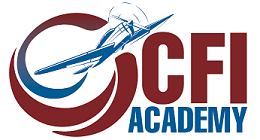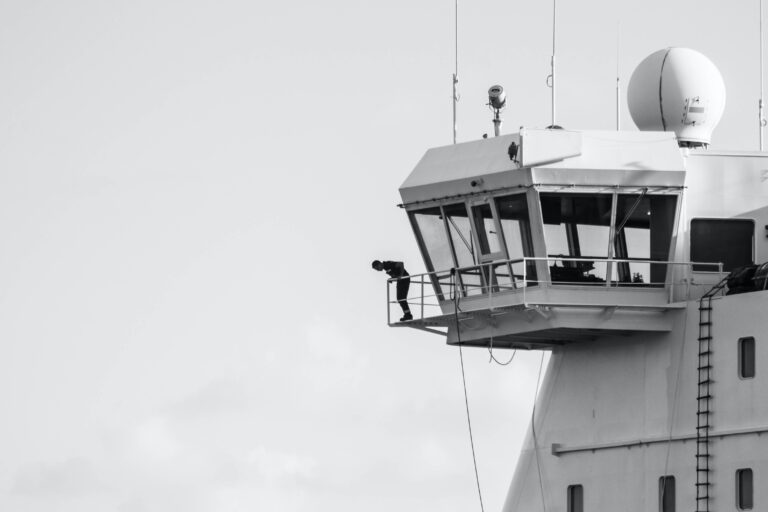Effective communication is the backbone of aviation safety. Pilots rely on clear and concise radio procedures to exchange critical information with air traffic control (ATC) and other aircraft. In this blog post, we will explore the art of communication in aviation, focusing on radio procedures for pilots. From the basics of radio phraseology to handling emergency situations, we’ll provide insights to help pilots enhance their communication skills, ensuring safer and more efficient flights.
Mastering Radio Phraseology
In recent years, as aviation technology has advanced, the importance of mastering radio phraseology has become even more evident. With the increasing complexity of air traffic and the introduction of more diverse aircraft, clear and standardized radio communication is crucial. Recent innovations in cockpit technology, such as voice recognition systems and improved noise-canceling headsets, have made it easier for pilots to transmit and receive messages accurately. However, the fundamentals of radio phraseology remain as critical as ever. In today’s aviation landscape, where international flights and cross-border operations are commonplace, a universal understanding of radio phraseology ensures seamless communication among pilots and air traffic controllers from different regions and backgrounds. This harmonization is essential for enhancing safety and efficiency in the global aviation network, making it imperative for pilots to stay current with the latest developments in radio communication standards.
Effective Communication with Air Traffic Control (ATC)
Recent developments in aviation communication technology have underscored the need for pilots to maintain effective communication with ATC. With the implementation of NextGen and SESAR (Single European Sky ATM Research) programs, air traffic management has seen significant modernization efforts. These initiatives aim to optimize airspace usage, reduce congestion, and enhance safety. As a result, pilots are now encountering more dynamic and data-rich environments when communicating with ATC. The advent of digital data link communication systems and advanced radar capabilities means that pilots must adapt to new methods of interaction while maintaining the fundamentals of effective communication. Staying abreast of these changes is vital for pilots, as they navigate the evolving landscape of air traffic management and embrace the benefits of improved efficiency and safety that these technological advancements offer.
Handling Emergency Situations and Unusual Events
Aviation has seen an increased emphasis on emergency preparedness and response, highlighting the importance of effective radio communication during critical situations. With the aviation industry’s focus on enhancing safety measures, pilots are encouraged to stay vigilant and proficient in handling emergencies and unusual events. The adoption of modern avionics systems has facilitated more streamlined communication during emergencies, allowing pilots to transmit vital information quickly. Moreover, the collaborative efforts of aviation authorities and industry stakeholders have led to the development of standardized procedures and training programs for managing unexpected incidents. In today’s aviation climate, characterized by an ever-present commitment to safety, pilots must not only be skilled in routine radio procedures but also well-prepared to execute clear and concise communications during unforeseen challenges, contributing to safer skies and better outcomes in emergencies.
Conclusion
As aviation continues to evolve in response to technological advancements and global challenges, the art of communication remains a cornerstone of safety and efficiency. Recent developments in aviation communication technology have brought both opportunities and complexities to the forefront. The need for pilots to master radio phraseology, maintain effective communication with ATC in modernized air traffic environments, and handle emergency situations with precision has never been more critical. The aviation community’s commitment to standardization, training, and embracing new technologies ensures that pilots are well-equipped to navigate the changing skies. In today’s interconnected world, where air travel is essential for both business and leisure, the art of communication not only enhances safety but also contributes to the overall quality of the flying experience. By staying current with industry trends and continuously honing their communication skills, pilots play an integral role in shaping a future where aviation remains a symbol of safety, reliability, and excellence.







